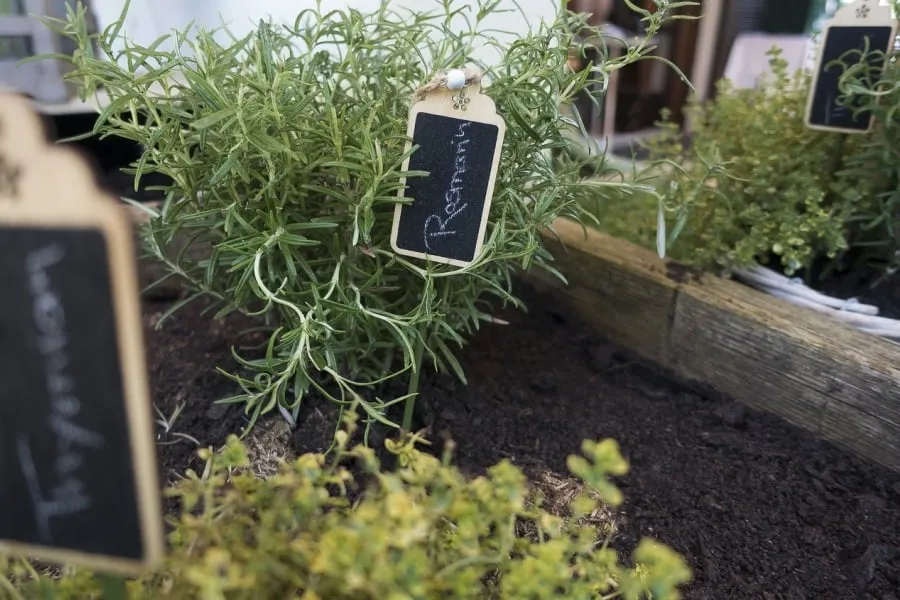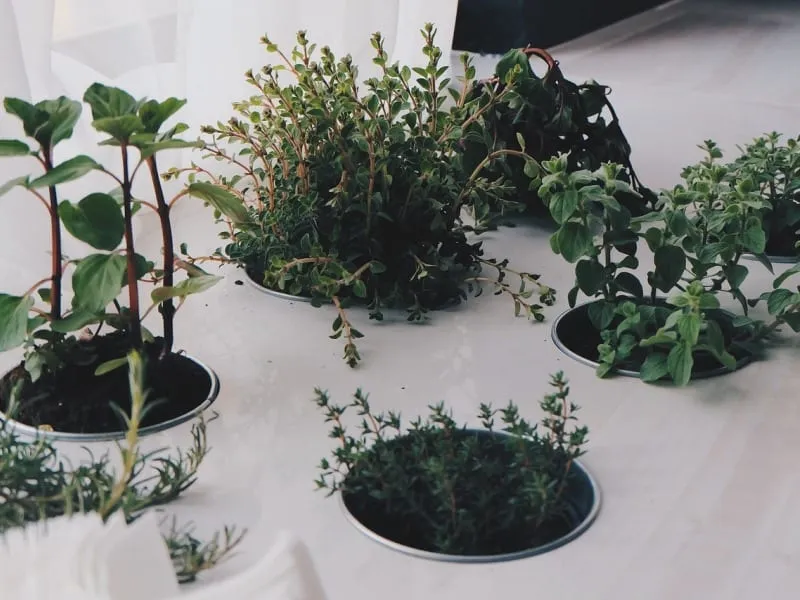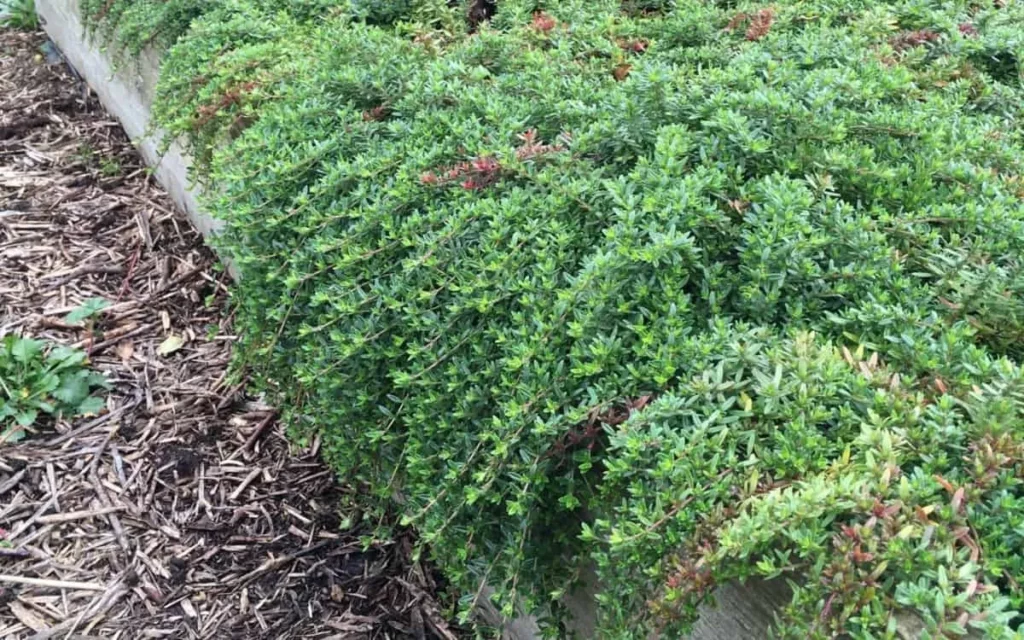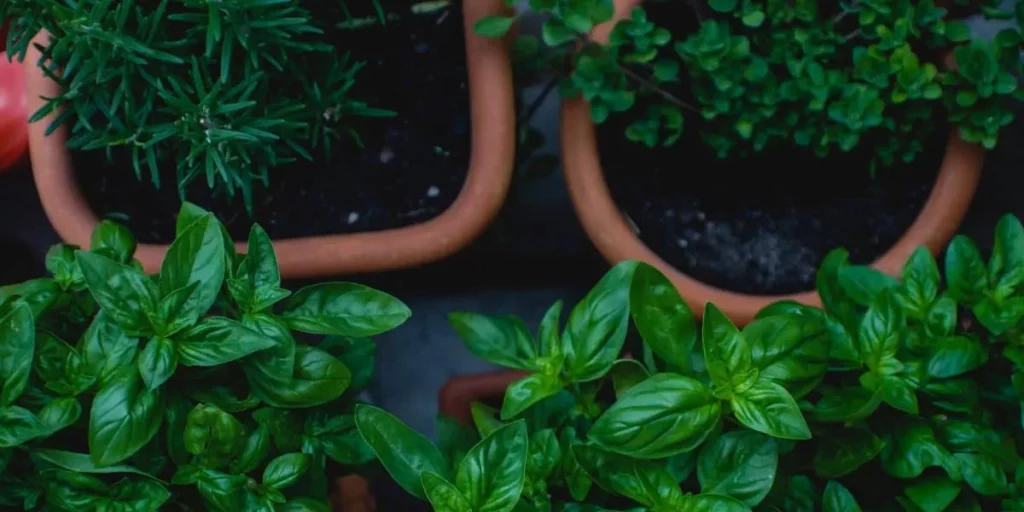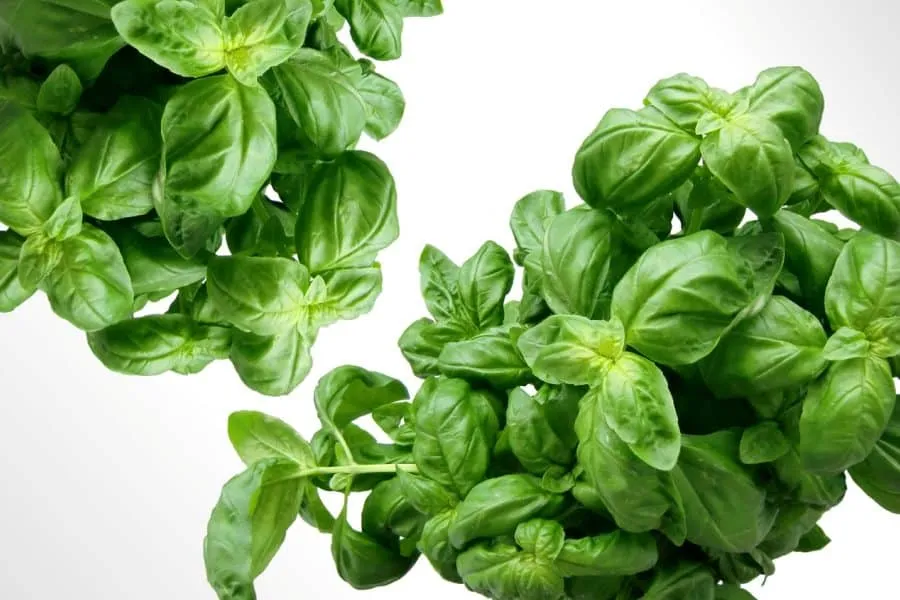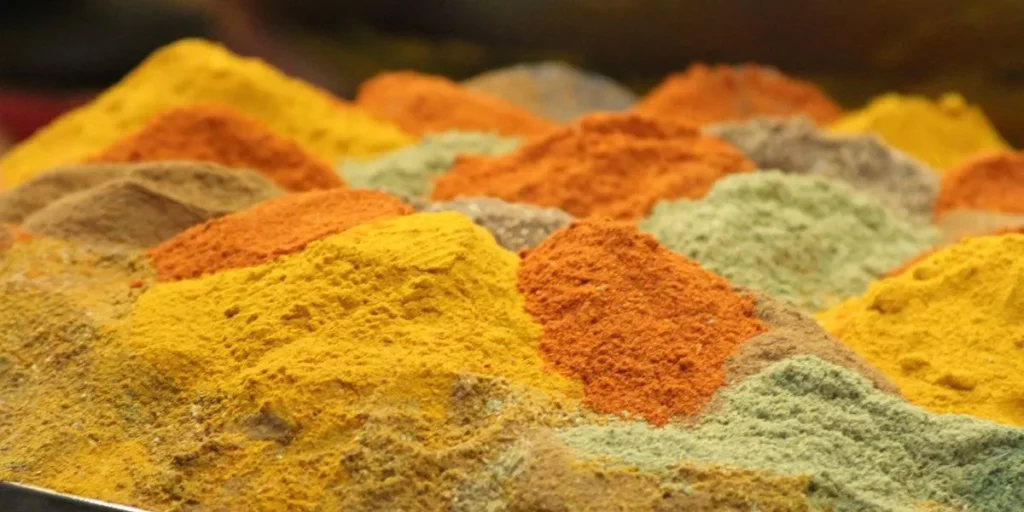On the one hand, you can buy weakly fertilized and waterlogging herbal soil in stores, but on the other hand, not all herbs have the same requirements and it is better to mix the right substrate individually yourself. Normal potting soil pure is unsuitable for most herbs.
Contents
Which herbs need which soil?
This question already shows that there can not be a short answer. But to give a rough direction, here herbs can be divided mainly into two large groups, namely native nutrient-hungry herbs mainly for temperate latitudes, and soil-technically less demanding, southern herbs.
So what soil should be used for thyme and rosemary?
The two herbs are representatives of the typical varieties of Mediterranean cuisine. They prefer lean and very permeable substrate with a high percentage of sand. Other examples are oregano and lavender. The latter is also considered to be lime-loving, which is why some crushed lime may also be mixed into the substrate.
Examples of herbs native to temperate latitudes include parsley, chives, lovage, sorrel and borage. They prefer humus-rich substrate that contains a noticeable amount of nutrient-rich compost. Nevertheless, even here the soil should not promote waterlogging and allow excess water to drain easily.
How do I get good herb soil in the garden?
To create a herb bed in the garden you need a relatively large amount of suitable soil and to replace the existing soil in extreme cases should not be the standard solution. In order to prepare the existing soil, you must first determine what its texture is, broadly speaking.
If the soil is rather sandy, then depending on the planting plan and requirements of the herbs, you can additionally mix in some clay powder to increase the ability to retain moisture.
If, on the other hand, you find rather loamy soil, you will usually try to increase the drainage of the soil by mixing in plenty of sand and stone powder. It is also important to mix this type of soil well and thereby intensively loosen it.
What soil for the herb spiral?

The standard structure of a herb spiral provides for four areas.
Starting at the top is the dry and sunniest zone, it gives home to herbs from the Mediterranean zone. The soil for this area contains a high percentage of sand and some lime. Examples of herbs that feel comfortable in this zone are thyme, rosemary, sage, marjoram or lavender.
In the middle area of the herb spiral is a zone that, on the one hand, is still rather dry, but no longer quite so sunny to shady. The soil complements the microclimate by no longer containing as much sand, but a higher humus content. This climate provides home for many temperate herbs. Examples of herbs that feel at home here are lemon balm, coriander and oregano.
In the third area, the climate already becomes more humid and the soil may be even more nutritious. The soil used here should be able to hold moisture well, so hardly any sand is used and the proportion of compost is relatively high. Examples of herbs that thrive on high water and nutrients are chives, parsley and chervil.
The finishing touch to a herb spiral is usually a small pond. Even though it is often omitted it is a high enrichment for the immediate environment. Soil used in ponds should always be kept low in nutrients. This means that the proportion of compost in the substrate is very low. Examples of herbs that thrive in ponds are watercress and water mint.
What soil for balcony or terrace?

Probably the most thought is given to the right soil when a complete planter is to be newly planted with herbs or other plants. On the one hand, it is important for most, especially Mediterranean herbs, that the water can drain away well, but on the other hand, this can cause too many nutrients to be washed out too quickly.
Even though many Mediterranean herbs need only a few nutrients in the soil, a certain base level must be present. You should monitor the plants regularly, because even frugal herbs may need fertilization under these conditions.
If trivets are used, care should be taken that they are not constantly filled with water, otherwise root rot may occur. Even more, for herbs with very low water needs, it is recommended to create a drainage of stones or shards of clay in the lower part of the planter, so that any excess water can drain away.
If you want to cultivate herbs such as parsley or borage in a pot, which are at home in temperate latitudes and tend to have a higher water requirement, you can also mix aggregates such as expanded clay or zeolite into the herbal soil. These then act as water and nutrient reservoirs and can later release them to the herbs.
What do I need to consider when buying herbal soil?
Many herbs prefer a lean and water-permeable substrate, which at the same time ensures the necessary amount of water and air to the roots. The herbal soil should therefore be loose and well-draining, and at the same time have a high structural stability. Where clumping of the soil and root rot due to waterlogging is prevented and the roots are provided with sufficient support.
A much discussed point from an environmental point of view is generally the avoidance of peat in potting soil. Experience has shown that substitutes produce an equivalent result to peat. Substitutes for peat include garden or bark compost, and wood or coconut fiber. However, it is often not possible to simply adopt the same mixing ratio as when using peat.
If you want to buy peat-free herbal soil, however, you must make sure that the package also says “peat-free” or “without peat,” because products labeled “low peat” or “peat-reduced” often still contain a significant amount of raised bog peat.
If you would like to use a small brochure as a shopping aid, you can download the BUND Buyer’s Guide for Peat-Free Soils (pdf file as download – 348 kB) with details of DIY stores, garden centers and online stores that come into question, as well as corresponding manufacturers.
Incidentally, organic quality does not necessarily mean that the soil does not contain peat. Organic soil may contain up to 80% peat. It is important to know that the level of specifications for food is not transferable with the specifications for soil. The main difference with conventional soil is that the fertilizer it contains is organic and not mineral.
In the trade there are type designations for soils, which also give an indication of the fertilizer content. It is important that the nutrient content of the soil is adapted to the herbs, otherwise they will grow too quickly and become susceptible to disease.
Here is a list of the main types:
| Designation | Typ | Fertilizer | Suitability |
|---|---|---|---|
| Zero Earth | 0 | none | delicate seedlings and cuttings |
| Propagation soil | VM | 1,0 – 1,5 g/L | Seeds and cuttings |
| Pricking soil | P | 1,5 – 2,0 g/L | versatile substrate, autumn/winter potting soil |
| Potting soil | T | up to 3.0 g/L | Heavy growers, as well as for mature plants, spring/summer potting soil. |
So that the nutrients can be well absorbed by the herbs through the roots, the pH value of the herbal soil for most herbs should preferably be in a slightly acidic to slightly alkaline environment (pH 6 to 7.5).
Buying the appropriate and high quality herbal soil is also supported by the observation that often substrates of cheap quality hold too much water, favoring the infestation of fungus gnats and the formation of mold on the soil. In bad cases, the cheap goods are often also already infested with the corresponding larvae and spores.
Can I mix herbal soil myself?
Due to the different requirements of the various herbs to the soil in which they are planted, it becomes clear that there is not one universal herbal soil. Very roughly, the requirements can be reduced to two points, namely the nutrient and water requirements.
Industrially produced herbal soil is only weakly fertilized, but often has a high proportion of substances that can store water well. From this you can see that it is well suited for herbs with relatively high water requirements, such as parsley or borage, but less so for herbs from the Mediterranean region, which prefer to have their roots in drier substrate.
So, there are different formulations for herbs with different demands on the herbal soil. Generally speaking, the following components are usually used in the various formulations: garden or planting soil, coconut fiber, compost, (quartz) sand, clay and quarry.
To answer the question of the right mixture you need to know the needs of the herbs in question. Then you should know that the components garden or planting soil, coconut fiber and compost, are those that can retain the most water among those listed above and you have a tendency for the mixture to be made.
A proven stand recipe for Mediterranean herbs is 50-55% garden soil, 15-20% compost and 30% quartz sand. This recipe can be further refined individually, for example, it is advisable to reduce the proportion of compost for thyme and rosemary, as they have lower nutrient requirements. In all cases, the components of the mixture should be mixed well to create the loosest possible substrate.
Those who want to grow Mediterranean herbs indoors in pots can also enhance the ready-made mixture for herbs available at the garden center with sand in a ratio of 6:4. Again, it is important to mix the ingredients well and provide good drainage.
For herbs that are not counted among the specimens that prefer a dry location can be used ready-made mixtures from the store. But even here it is advisable to take into account known preferences of herbs and add individual additives.
For special cases that require a lot of water and nutrients, you can actually use normal potting soil. Examples of this are parsley and tarragon in particular. If you want to further increase the ability of the substrate to retain moisture, you can add clay powder (bentonite) to the potting soil. For basil, it is recommended to add about 10% expanded clay.

